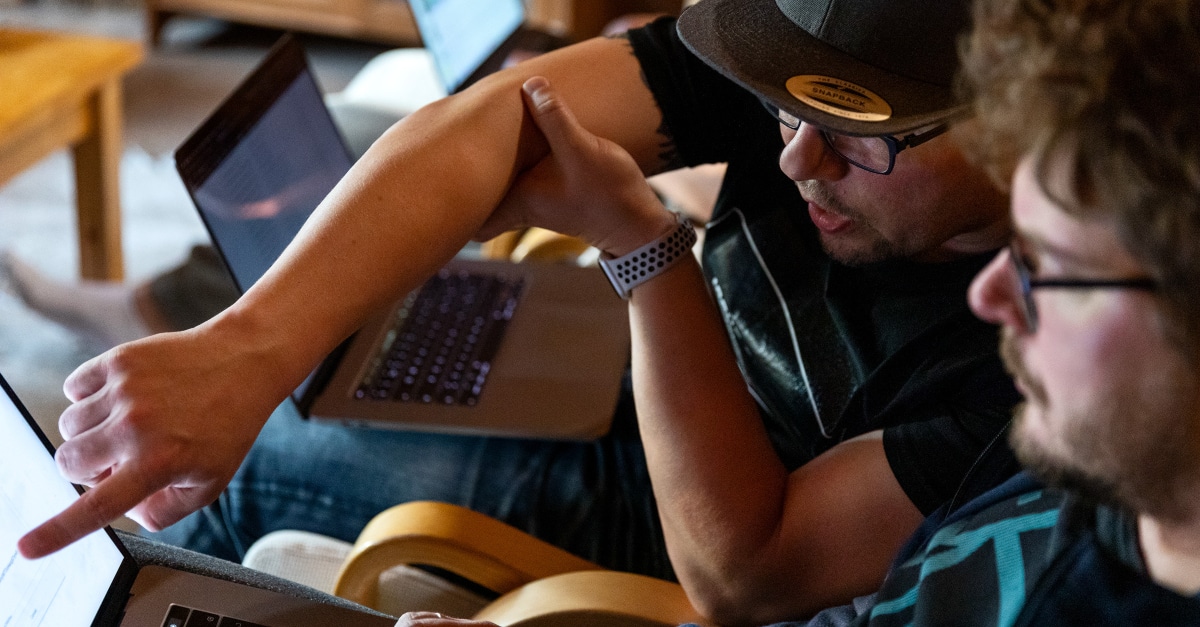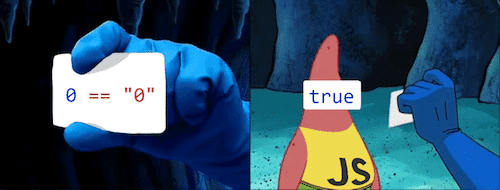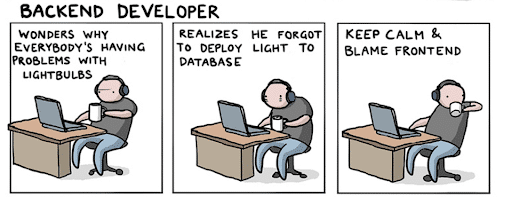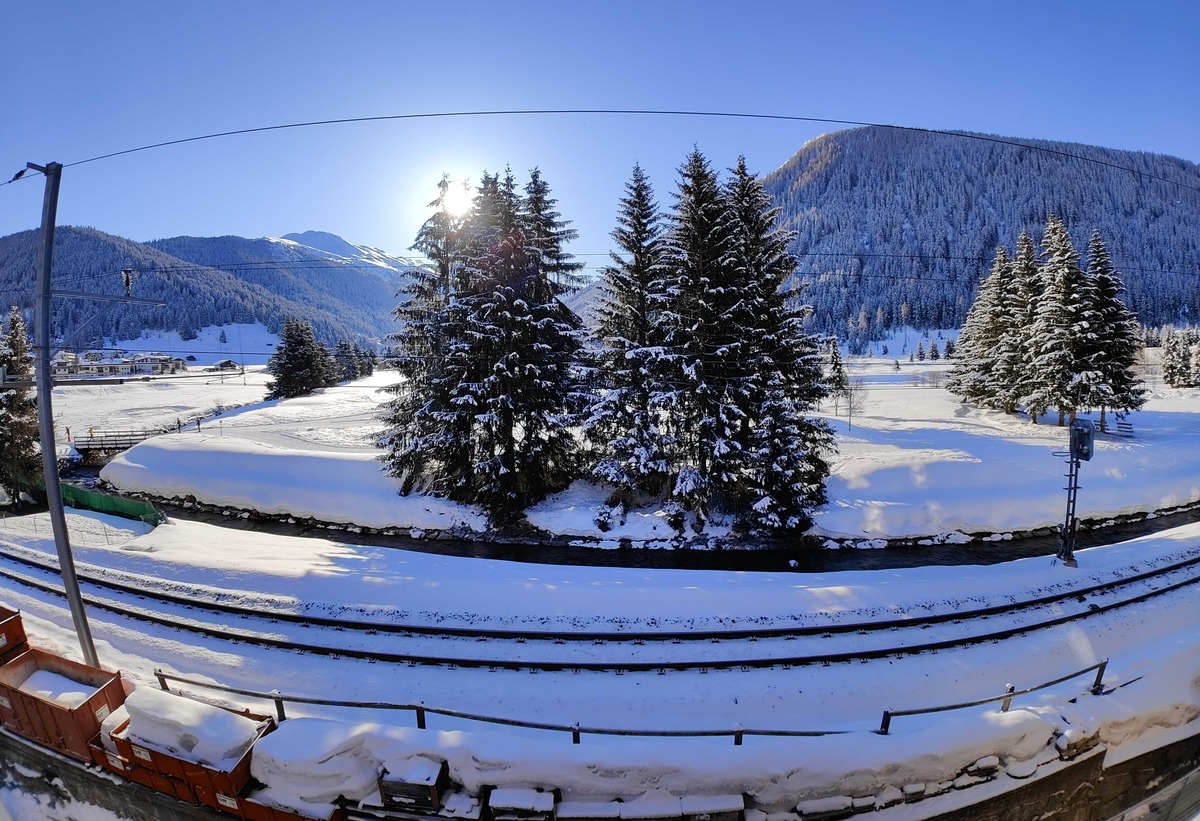
Technically speaking: Retro 2021
What did the year 2021 look like at Druid, from a technical point of view? What is to be expected this year? It’s time for a brief recap! I’ll go through where we are in terms of tech and tools, and share some of our plans and ideas for the future. Naturally, we always choose technologies according to each customer’s needs – technology is a good servant but a bad master. But it’s also important to keep our tech stack consistent and manageable. Proven and reliable open source solutions is the path of our choice.
Frontend: more and more modern JavaScript
Since we do web development, we use JavaScript – modern or vanilla – in all of our projects. The use of modern JavaScript frameworks has been increasing significantly during the past few years. Currently, we have +10 customer projects with modern frameworks. React and Vue.js are the most common ones, and we also use Next.js (React based) in one project and a Stencil based Design System for a customer who already uses it in 3+ projects. The solutions vary from full Headless solutions to embedded “widget” kind of components.
In addition, we use a modern JavaScript stack for theme and JS building (e.g. Webpack) in most of our Drupal and Symfony projects. In some of our new projects we are experimenting on Tailwind CSS, a utility-first CSS framework.

Backend: mostly Drupal…and something else?
Drupal still maintains its solid position as our go-to CMS solution. Last year we were busy with upgrades from Drupal 8 to Drupal 9, as version 8 reached its end-of-life in November 2021. Almost all of our Drupal 8 projects have now been upgraded.
This year, it’s time to say goodbye to Drupal 7. The end-of-life has been a long time coming, and it’s finally happening in November 2022*. We’ll be having at least four major upgrade projects to re-create Drupal 7 sites with Drupal 9 this year. Upgrading from Drupal 7 is a much more laborious effort than from Drupal 8, because the technological changes between versions 7 and 8 were substantial.
*Edit 24 Feb 2022: Drupal 7’s end-of-life has again been extended by one year to November 2023.
When Drupal 7 is gone, there won’t be major upgrades anymore. Drupal’s product development has shifted to a more modern continuous development process where new features and improvements will be released in a faster cycle, with less upgrade effort. Drupal 10 will be just another version of the same codebase as Drupal 8 and 9. I’d say we could just drop the number and call it “Drupal”.

In addition to Drupal, we have done multiple Symfony projects. They are mostly apps or tools where there is no need for a CMS: time reservations, digital signing, data enrichment, questionnaires, launching sites and APIs. Did you know that also Drupal is just another “app” created with Symfony? On the JS side we are interested in test driving NestJS which seems quite similar to Symfony in terminology and logic. Synergy!
Anything else on the horizon for us? Well, we are planning to test some JavaScript headless CMS solutions to see how they compare with Drupal feature-wise. Serverless is on the table when delivering these apps. I think Serverless is like using a taxi to get from point A to point B instead of owning the car and filling the tank by yourself.
Hosting
Our hosting comes in many forms of Kubernetes. It’s good to not put all the eggs in the same basket so we have sites and apps running in a few Managed Hosting services. But we also have sites on customer’s own environments, e.g. Azure, Google Cloud Platform and OpenShift, and still some sites and apps that are running on customer’s virtual servers.

Tooling and DX
To control all this, one needs tools. And boy, do we have them.
Last year PHP got versions 8 and 8.1 which both improved the language and the performance yet again. Also Composer (the package manager for PHP) got V2 which is way faster. These two combined are actually saving the environment on their part as the energy impact will be smaller!
We have many in-house tools here at Druid. We have aimed for consistent tooling across our projects regardless of whether we use Drupal, Symfony, WordPress, Node8-16, Docker, host, and so on. We run our local development on Docker containers with Stonehenge. We use Make based tools to command our local projects in a common way.
For GDPR-compliant data handling in projects, we created a GDPR dumper solution (which is worth another blog post). For custom environments which our customers might have, like Azure or plain virtual servers, we have our own Druid flavoured Docker images where we run Drupal or PHP apps. As to CI/CD, we are quite omnivorous: mostly Github Actions with Gitlab CI, Azure Pipelines and Jenkins as toppings.
/r/random
New Remote Development tools are something I’m interested in testing this year. It seems there are solutions coming from left and right: Github Codespaces, Jetbrains and Gitpod, to mention a few. With these solutions, the projects are running in the cloud and your IDE is just a window to that. No more running projects on your old war horse laptop!
We are also doing some interesting product development that has something to do with launching sites in high volume. More about that later on – stay tuned!
New experiments
We always keep our eyes open at Druid and like to test new, interesting tools and technologies. Twitter is my source of shiny new tech to experiment on. Below are some new ones, and some that have been trending for a few years already, that we are testing or would like to test. What do you think of these? Any other must try tech that you can recommend? Let me know – you can find me on Twitter!

Do you also have an interest in some of these technologies? And some experience too?
We are looking for new Druids to build a better web with us. Maybe you could be one of them?


